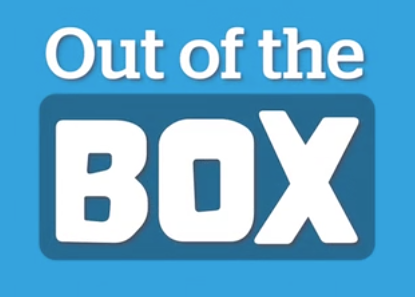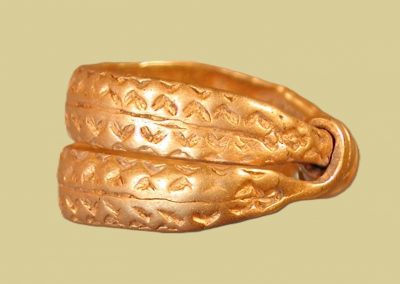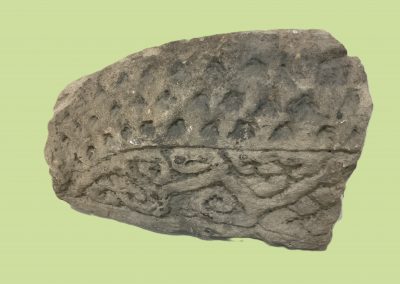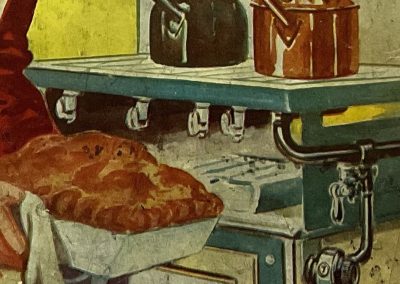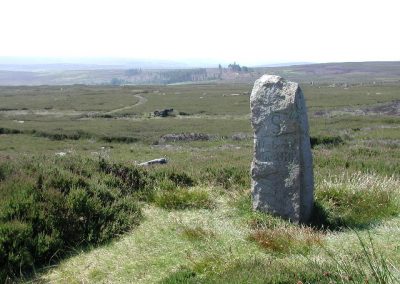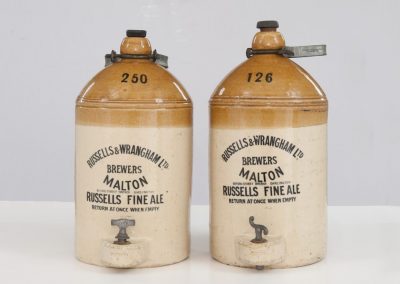Activity coming soon
Talking Points
Why do you think this stone is incomplete?
When archaeologists find new and unusual objects from the past, they don’t know what the original people would have called them. Looking at the design of the stone, do you think ‘hogback’ is a good name for these stones? What would you name them if you had the choice?
Do you ever create patterns when you’re doodling? Why do you think we like to make patterns?
Why do you think people choose gravestones and grave markers with designs on them?
Why do you think people view it as important to mark the grave of a loved one?

Hands on History
The Hogback Stone is on display at Richmondshire Museum.
You can hire a loan box to explore more about life during Viking times from Richmondshire Museum.
The Dales Countryside Museum also offers an ‘Invaders and Settlers’ session for schools to explore the Vikings, as well as a loan box of objects to explore Viking life. Find out more.
Museum Location
Associated Objects
